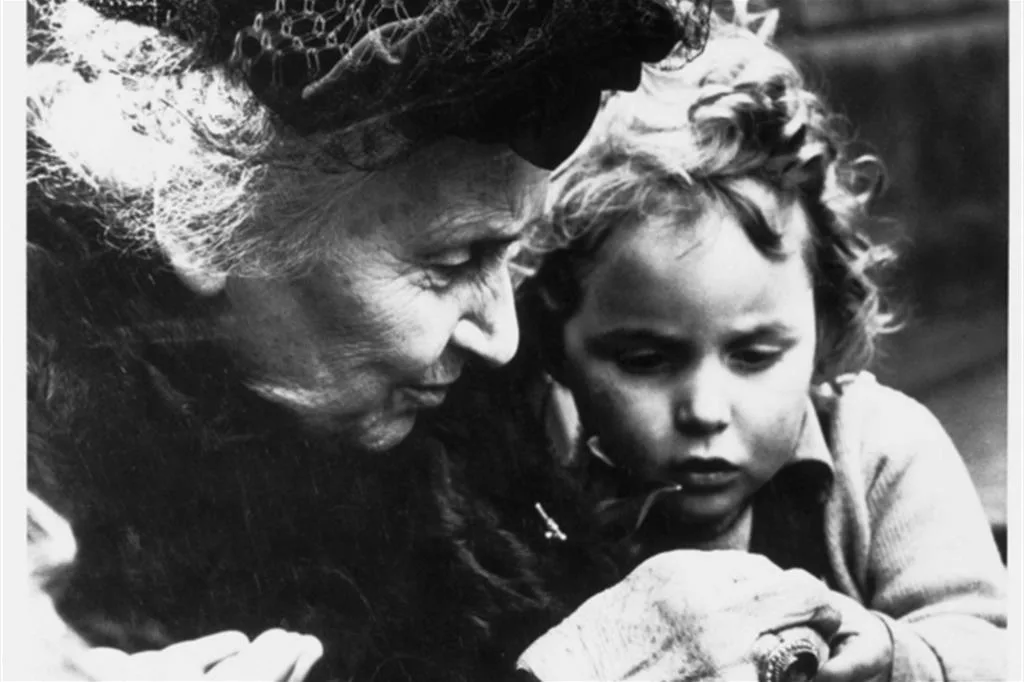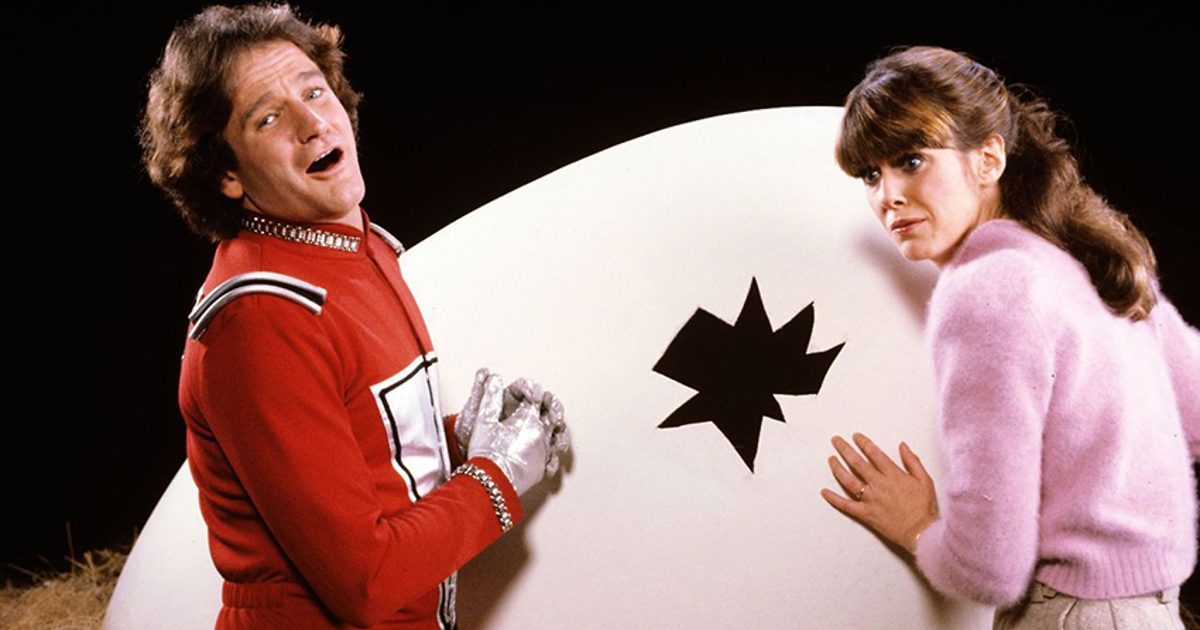Maria Montessori was born on August 31st, 1870: educator, child neuropsychiatrist, scientist, philosopher, creator of the method bearing her name, mother of a timeless pedagogical thought, which has become a legacy for generations of teachers from all over the world. These days many are celebrating the 150th anniversary of her birth and Ocarina also wants to pay homage to her by talking about her beautiful cosmic lessons.
How was the universe born? How did life on earth begin? How will man become? Who invented the letters? And the numbers? These are all great questions that often children aged 6-7 years – when they enter primary school – begin to ask themselves and ask their parents and teachers.
Starting from the evolutionary needs and psychological characteristics of children in this developmental age, Maria Montessori in 1935 developed an educational project called “Cosmic Education”.
The aim is to educate the child to realize and satisfy curiosities of all kinds, which arise in him when he begins to become aware of the things that surround him and to want to know the causes and effects, that is when the mind feels the need to deepen the reality.
With her cosmic vision, Maria Montessori tries to answer children’s questions about the connections and relationships that characterize our Planet. According to his thought, the world and the Universe represent a great order, in which each element is interconnected and has a cosmic task.
The primary objective of every educator is therefore to generate a sense of belonging to this great world and to provide the necessary keys to be able to interpret and understand it. Only by developing an ecological and responsible vision of the world, it is possible to grasp its complexity and beauty, and feel part of it as an active subject.
The five great cosmic lessons
In her educational project, Maria Montessori proposes five cosmic lessons: compelling and engaging narratives for the first primary school classes that children are invited to listen sitting in a circle on a carpet or on cushions.
These tales are a precious didactic tool and still widely used today by Montessori masters; a tool that inaugurates the journey of children in the exploration of the cosmic order and harmony of the universe, as well as the study of history and geography, biology, language and mathematics.
The first lesson introduces the child to the theory of creation of the universe, speaks of the origins of the Everything. Although known by the historical name of “God who has no hands”, in many Montessori schools it is preferred to replace the word God with the word Nature, or with the creative force of the universe. One or two weeks after reading the first lesson, it’s the turn of the story that tells how life was formed on the planet, then of the one about the advent of the human being and the others to follow.
The storytelling enables children to contextualize the present between the past and the future, while looking at their origins and the responsibility to contribute to the safeguard and development of our planet.
Telling the Truth
Mario, son of Maria Montessori and her close collaborator, liked to define his mother as “the great narrator of Truth”. It is not a coincidence, in fact, that cosmic lessons have the character of reality and are inserted within the natural order of things.
The imaginative and sometimes allegorical language of Montessori’s narratives therefore builds a tool to strike the interest of the child. In this context, according to Maria Montessori, fantasy represents a way to explore the world and reality, and it is absolutely important that it is not relegated to the world of “reverie” and fairy tales. The imagination world, on the other hand, must be a reinvention of the child’s daily life; similar, but not exactly the same, some details or settings must differ, otherwise the child would feel too involved and could exchange reality with fantasy.
It is precisely with respect to this issue that Maria Montessori, defined as “the teacher always against the current” criticizes the educators who, in her opinion, while recognizing the importance of the imagination, tend to cultivate it separately, independently from the intelligence, just as they would like to separate this last one from manual activities. There is therefore a clear separation between the reality, that is taught with arid notions and complex subjects, and the fantasy, that is cultivated by fairy tales, which speak of a wonderful world, which is not the world around us, the one in which we live.
However, there are tales that are an exception, in which fantasy is confused with reality, but they are so beautiful and contain such precious teachings that it is overlooked that the protagonist can be a child or a talking rabbit. In these cases, we should try to explain that rabbits do not actually speak and do not have human attitudes.








